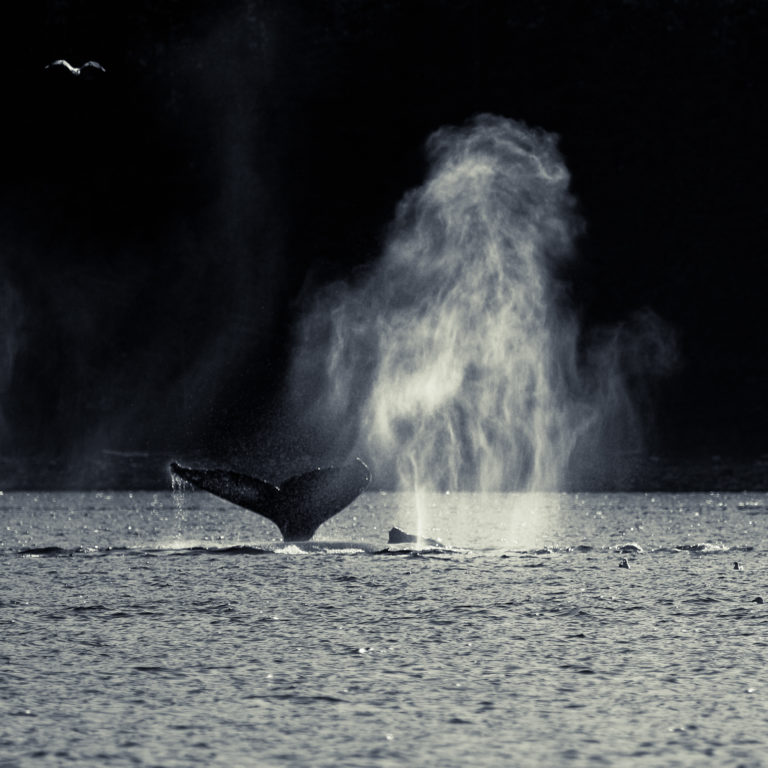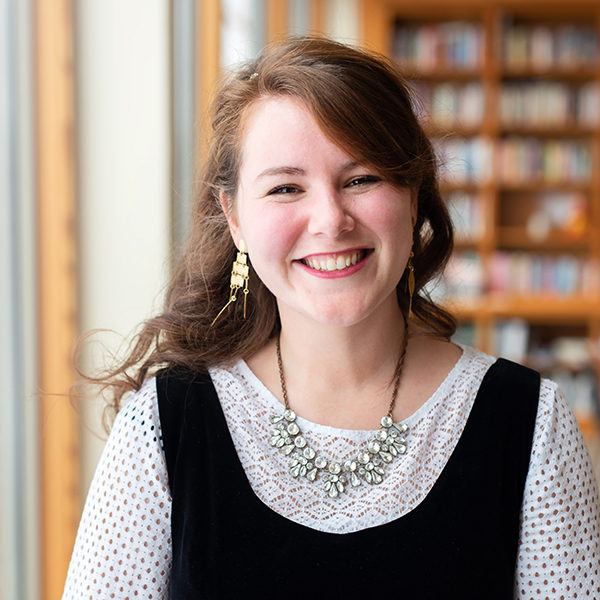
Image by Aftab Uzzaman.
Listening Beyond Ourselves: Simone Weil, Whale Songs, and Music
“Absolutely unmixed attention is prayer.”
This Simone Weil quotation mentioned by Krista during her conversation with Ann Hamilton has been bouncing around in my mind. I was reminded of it as I watched the Minnesota Youth Symphonies perform recently. It wasn’t your regular orchestra concert.
The first thing the audience heard was chaos. The musical score instructed the musicians to play “to repeat and not together in free non-rhythmic chaos, and make one great crescendo or diminuendo as the conductor directs.” Not your typical piece of classical music.
They performed “And God Created Great Whales,” Armenian-American Alan Hovhaness’ two-part composition from 1942 combines atonal and melodic music with recordings of whale songs, timed to align with the musicians’ score. While the whale songs may seem unstructured compared to the man-made melodies, acoustic biologist Katy Payne, who studied whale songs and elephant infrasound for decades said:
“Whales, like people, are composers. The songs are very complex. They consist of six to eight themes. Each theme has a melodic phrase that repeats over and over again and then changes to the next one.”
Both human and whale melodies are woven together. Together they make a powerful whole.
My band director once assigned us an exercise in this kind of listening. While studying the atonal, nonsensical (or, quite sensical, if you are a mathematician) music of Arnold Schoenberg, we were instructed to listen for music in places we wouldn’t normally look for it — the sound of a cash register, the whistling of the wind, the rhythmic hum of feet walking together — and record it. The exercise wasn’t just about listening, but listening for the music — to hear in the foreground noises we usually placed firmly in the background: the melodies, the rhythm, and the harmonies of everyday sounds.
I remember struggling with the assignment, thinking that the music I saw written on ancient pages, the music of geniuses, couldn’t possibly be found in the dullness of my very ordinary teenage day. But the more I listened for it, the more I heard. I ended up recording a snippet of my sisters (then five and eight) laughing together. It was melodic, it was unique, and it was full of something so precious, a moment of beautiful music, I surely would have missed if I hadn’t been listening.
Walt Whitman once wrote:
“The question, O me! so sad, recurring—What good amid these, O me, O life?
Answer.
That you are here—that life exists and identity,
That the powerful play goes on, and you may contribute a verse.”
Musicians are taught to sit in a space of absolute unmixed attention, waiting for the moment they will enter the song. They are listening both as audience and participant, hearing deeply the sounds around them and knowing how and when to enter seamlessly, to quietly enter the space of the listener/participant. We could all learn something from this practice, learn to restore balance to the relationship between listening and speaking, both with human others, and with the others I don’t generally give my attention to — to whale songs, and to the music of everyday life.
Here is a recording of Mr. Hovhaness’ work performed by the Interlochen Intermediate Symphony Orchestra:
There are more perfect recordings out there, the Seattle Symphony for one, but I like this one because it is raw and imperfect, and shows young people playing alongside a music that is not their own.
